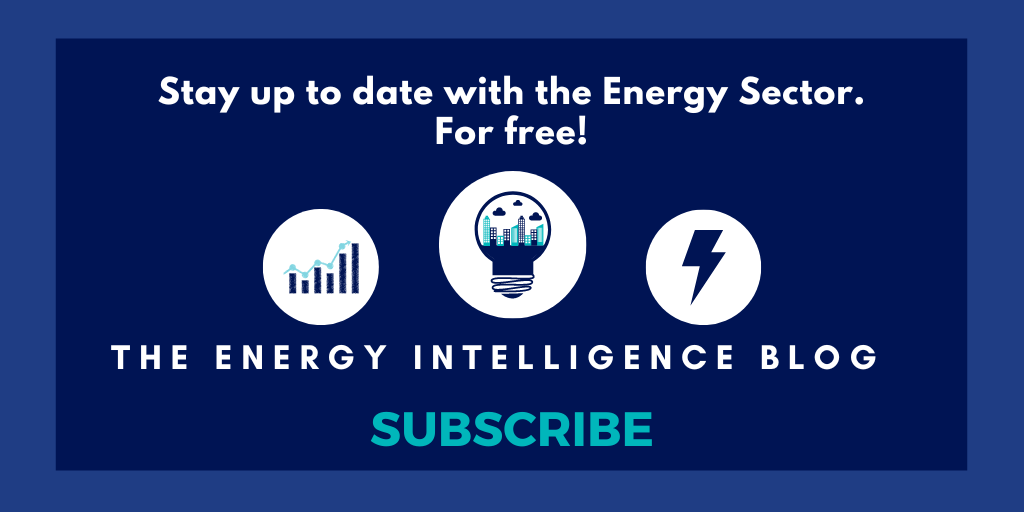If you are considering incorporating an energy manager into your staff and you are not sure if this professional role will add value to your company, Enrique Pérez (Energy Efficiency Manager at CIRSA) will clarify your doubts in this article:
The importance of Energy Costs in the company’s costs
If we start by analysing energy costs and compare them with other operating costs, we will see their great weight in the company’s OPEX (Operational expenditures), which will almost always be higher than common expenses such as maintenance, cleaning, or security. Although these last three costs add value to our activity, this is not the case with energy expenditure. In the case of energy expenditure, its impact on the contribution to our environmental footprint is very important. Therefore it should be a priority to reduce this impact through the specialised management of these costs and consumption with the figure of the energy manager. In my experience, the implementation of this new responsibility is postulated as key and strategic in the property management teams, generating a high return on assets, adding value to CSR policies (Corporate Social Responsibility), and adding to the continuous improvements established by standards such as ISO 14001, or sustainability certifications (BREEAM / LEED). In short, “The Energy Manager” will soon become a strategic and highly profitable internal position for the company. To know if your company needs this position we must ask ourselves these questions:
- Do you consider energy costs to be important in your company?
- Are shareholders asking you to reduce energy consumption or to develop sustainability projects in this area?
- Do you need to increase your self-consumption through renewable energy?
- Do you need to make improvements to your sustainability report?
- Do you need to add value to your CSR report?
- Do you need to reduce your investment in the renewal of air conditioning systems?
- Have you had external proposals for improvement, but have not been able to present them to your management due to a lack of confidence or knowledge?
If one or more of these factors are present, you need to internalise the position of Energy Manager in your company as a strategic and competitive value.
Why the role of the Energy Manager is important in your company
In order for you to understand the importance of the energy manager in your company we will analyse 2 key points where this role could can into play:
- Energy consumption
- This is an unskilled expenditure on our current staffing levels.
- It does not provide value to our clients directly, but it does indirectly.
- It greatly penalises the environmental image of our company.
- It has a great impact on the sustainability report and certifications such as BREEAM or LEED
- It affects the Energy Rating of our assets.
- Energy cost
- It has increased higher than any other OPEX
- It is an expenditure that has little control and specialized accounting provision.
- Sometimes it becomes a major unforeseen event without much explanation and solution.
- It is an expenditure that does not directly provide value to the client and distances us from our competitive improvement.
- Other
-
- The Energy Manager is capable of outsourcing the CAPEX dedicated to the renovation of installations (e.g. air conditioning, lighting, etc)
How to integrate Energy Management into your company?
For customer profiles with annual consumption > 3 Million Euros
Option 1
- Hiring an internal Energy Manager with full dedication to the project.
- Hiring a specialist with training and experience, according to the client’s profile (industrial, tertiary, multi-point, international, …)
Option 2
- The hiring of an external collaborating company.
- Promoting and training internal staff without specific training.
- Sharing this responsibility with other company profiles, e.g. Environmental Manager, Sustainability Manager or CSR Manager.
For customer profiles with annual consumption < 3 Million Euros
Option 1
- The hiring of an external collaborating company and application of a shared savings contract.
- Hiring a specialized external company to analyze improvements in energy purchase models. The contracting must have a market price, avoiding companies that do not offer derisory costs.
- Assign management responsibility to an internal manager related to the operation.
- Provide internal personnel with specific bonuses in line with energy savings.
Option 2
- Leave the project in the hands of internal or external maintenance managers.
- Hire external companies with experience in our sector of activity.
4 Saving Leverages that you can apply to your company
Energy cost reduction
- Power settings.
- Improved reactive energy.
- Tariff improvement
- Contract improvement. Depends on time, customer, risk, price assurance, etc.
- Hiring and management of companies specialised in purchasing and monitoring supplies.
- Contracting of PPA, medium and long term, renewable energy.
Reduction of energy consumption
- Consumption monitoring.
- Development and management of facility control programs (BMS)
- Development of energy efficiency projects in installations and surroundings.
- Development of renewable energies for self-consumption.
- Search and early application of new technologies.
- Application of shared savings contracts.
Awareness and training
- Awareness and training on efficiency in consumption.
- Dissemination of the consumption benchmarking.
- Development of good practice manuals.
Outsourcing of CAPEX
- Search for project financing. Renting, Leasing, through ESE.
- Outsourcing of CAPEX in installations due to their obsolescence (air conditioning, lighting, etc.)
- Eliminate the technical and financial risk of these CAPEX.
What economic potential savings can an Energy Manager generate for your company?
This is the million-dollar question, and I almost prefer to answer it with a little humour, since it depends on variables according to the type of activity, but if we look at each case, it could be as follows:
- 40% If you have not done anything so far and have multipoint in several countries.
- 35% With a focus on assets.
- 30% If you have done what we all know. E.g. I change Led technology and a little more.
- 20% If the projects have been developed with their own personnel without qualifications or a shared activity, e.g. maintenance, sustainability, CSR.
- 15% If you have already implemented projects with the collaboration of external subcontracted teams.
Phase 2-3 will depend largely on the company’s reform or expansion plans.
Planning
Annexe I
Editor’s note: this original article was published here with the permission of the author, Enrique Pérez Abad.
Enrique Pérez Abad is a professional with long experience in the field of energy efficiency, currently working as Energy Efficiency Manager at CIRSA Corporate Services.
If you liked this article, we invite you to subscribe to the most innovative Energy Efficiency blog on the web:






